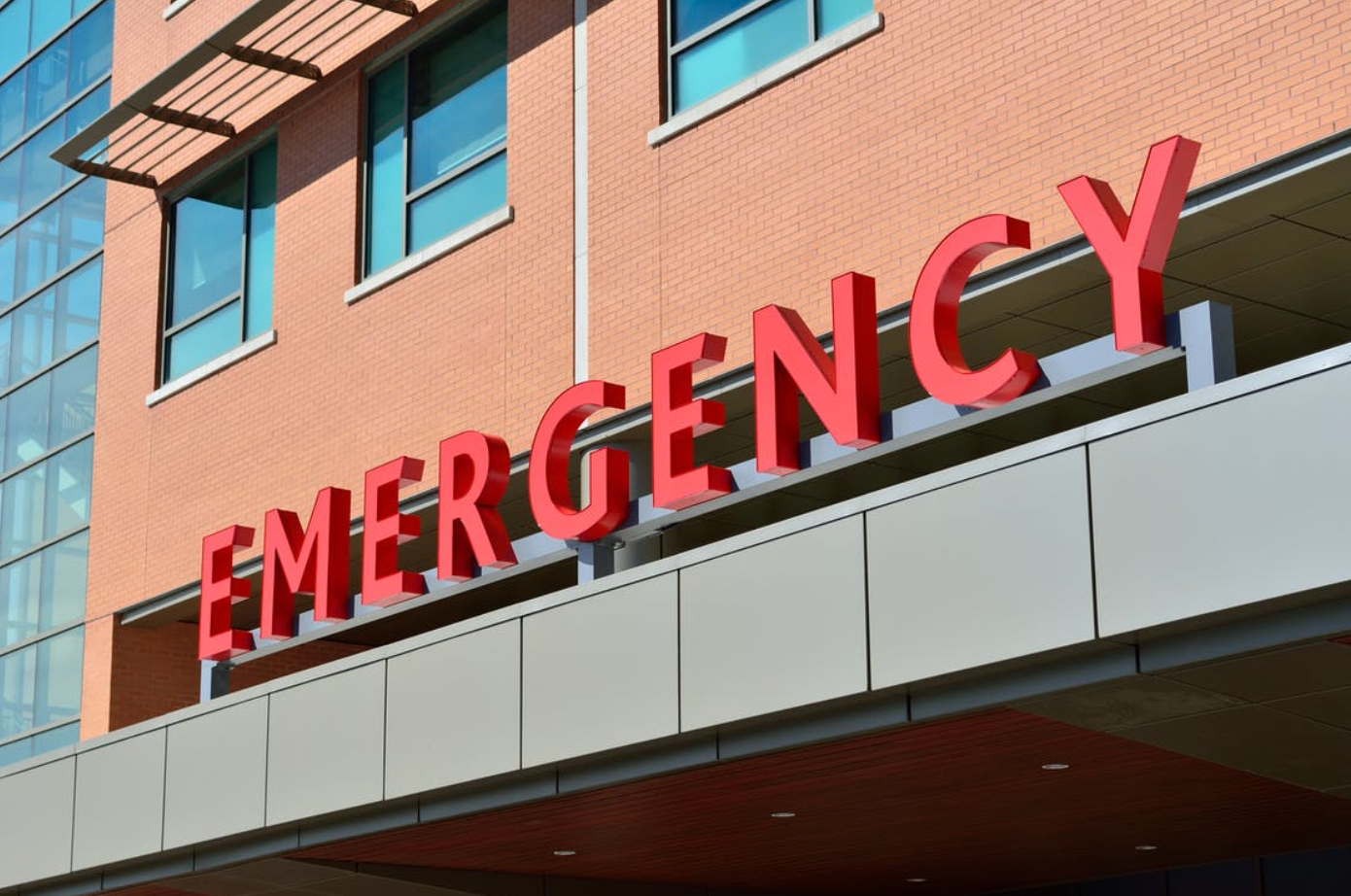Challenges can include identifying what actions are considered reasonable, dealing with physical or emotional trauma that affects decision-making, and managing financial constraints that may prevent immediate action.
Being involved in a car accident can lead to a complex aftermath filled with medical, legal, and financial challenges. Among the many responsibilities faced by those involved is the duty to mitigate damages. This duty plays a crucial role in both the recovery process and in the handling of any subsequent legal claims. Understanding what this duty entails and how to effectively carry it out is essential for anyone who has experienced such a traumatic event.
The Legal Perspective on Mitigation
The duty to mitigate damages means that if you have suffered losses due to a car accident, you are legally required to take reasonable steps to minimize those losses. This doesn’t mean you must go to extraordinary lengths or spend excessive amounts of money; rather, you should take sensible actions that a prudent person would take in similar circumstances. Consulting a whiplash lawyer in Richmond, VA, can provide you with detailed guidance on how to fulfill this duty in a way that aligns with local laws and ensures your actions are appropriate.
This duty is crucial because it directly impacts the amount of compensation you may receive. If you fail to mitigate your damages, the defendant—or their insurance company—can argue that some of your claimed losses should not be compensated because you could have reasonably avoided them. This is particularly pertinent in cases involving medical injuries like whiplash, where delayed treatment can significantly worsen the condition.
Key Actions to Mitigate Damages

- Seek Immediate Medical Attention: Immediately following an accident, it is vital to seek medical evaluation even if you feel fine. Some injuries, such as whiplash, do not show symptoms immediately but may cause significant issues later if not treated promptly.
- Follow Medical Advice: After receiving medical care, it’s important to follow all the advice and treatment plans your healthcare provider prescribes. This includes attending all follow-up appointments, taking prescribed medications, and undergoing recommended physical therapy.
- Document Everything: Keep detailed records of all medical treatments, repairs, and related expenses. Documentation is crucial for substantiating your claims for reimbursement and demonstrating your efforts to mitigate your damages.
- Repair Vehicle Damage: Avoid delays in repairing any damage to your vehicle. Delaying repairs can lead to further deterioration, potentially increasing the costs and complicating your claim.
- Communicate with Your Insurance Company: Inform your insurance company about the accident as soon as possible. Cooperation with your insurer and providing them with timely, accurate information is part of your duty to mitigate losses.
- Avoid Unnecessary Expenses: While you might need to incur some costs to mitigate your damages, avoid unnecessary or unreasonable expenses, as these may not be reimbursable.
Challenges in Mitigating Damages
Mitigating damages is not always straightforward. Challenges can include identifying what actions are considered reasonable, dealing with physical or emotional trauma that affects decision-making, and managing financial constraints that may prevent immediate action.
In such cases, the guidance of a whiplash lawyer in Richmond, VA, becomes invaluable. A lawyer can help navigate these complexities, ensuring that you make informed decisions that comply with your legal obligations and contribute positively to your recovery process.
Long-Term Considerations
The duty to mitigate damages does not end with immediate responses. Long-term considerations might involve ongoing medical treatments, rehabilitation, and adapting your home or vehicle to accommodate any long-lasting impairments from the accident. Throughout this process, maintaining communication with your medical providers and legal counsel ensures that every step you take aids in your recovery and strengthens your legal position.
Frequently Asked Questions
1. What are the first steps I should take to mitigate damages after an accident?
After an accident, the first step is to ensure your safety and the safety of others. Call 911 if there are any injuries or significant vehicle damage. You should seek medical attention immediately, even if you feel fine, as some injuries like whiplash may not be immediately apparent. Following up with a medical professional documents your injuries and fulfills part of your duty to mitigate damages by addressing health issues before they worsen.
2. How does mitigation affect my insurance claims?
When you file an insurance claim, the insurer will evaluate not only the damages but also your efforts to mitigate those damages. If the insurer determines that you have failed to take reasonable steps to reduce the financial impact of the accident, they may reduce the amount they pay out. For example, if you delay repairs to your vehicle and this delay causes further damage, the additional costs may not be covered.
3. What if I can’t afford the initial medical treatment needed to mitigate my injuries?
If you are unable to afford medical treatment, it’s important to communicate this to your healthcare provider. Many healthcare providers understand these challenges and can offer payment plans or may defer payment until you receive a settlement or judgment in your favor. Additionally, a whiplash lawyer in Richmond, VA, may be able to refer you to medical professionals who specialize in treating accident victims and who may agree to wait for payment until your legal case is resolved.
4. Do I need to use my own insurance if the other party was at fault?
Using your own insurance coverage, such as medical payments coverage or collision coverage, can be a part of mitigating your damages, even if the other party is at fault. This approach can expedite your medical treatment and vehicle repairs. Later, your insurance company may seek reimbursement from the at-fault party’s insurer through a process called subrogation.
5. How can a lawyer help me with the duty to mitigate damages?
A lawyer can provide crucial guidance on how to fulfill your duty to mitigate damages. They can advise you on the legal implications of your actions after an accident and help manage interactions with insurance companies to ensure that your rights are protected. Furthermore, a lawyer can negotiate on your behalf to ensure that the costs of your mitigation efforts are factored into any settlement or awards.
Conclusion
The duty to mitigate damages after a car crash involves taking reasonable steps to prevent your losses from worsening. While it imposes an obligation on accident victims, it also serves to expedite recovery and enhance the likelihood of receiving fair compensation. Whether it’s following through with medical treatment, repairing property damage, or judiciously managing expenses, these efforts are critical. For those navigating post-accident recovery, partnering with a whiplash lawyer in Richmond, VA, can provide the necessary support and guidance to effectively manage this duty and help ensure a more favorable outcome in any legal proceedings.


Join the conversation!